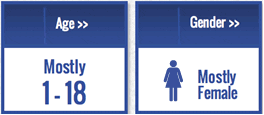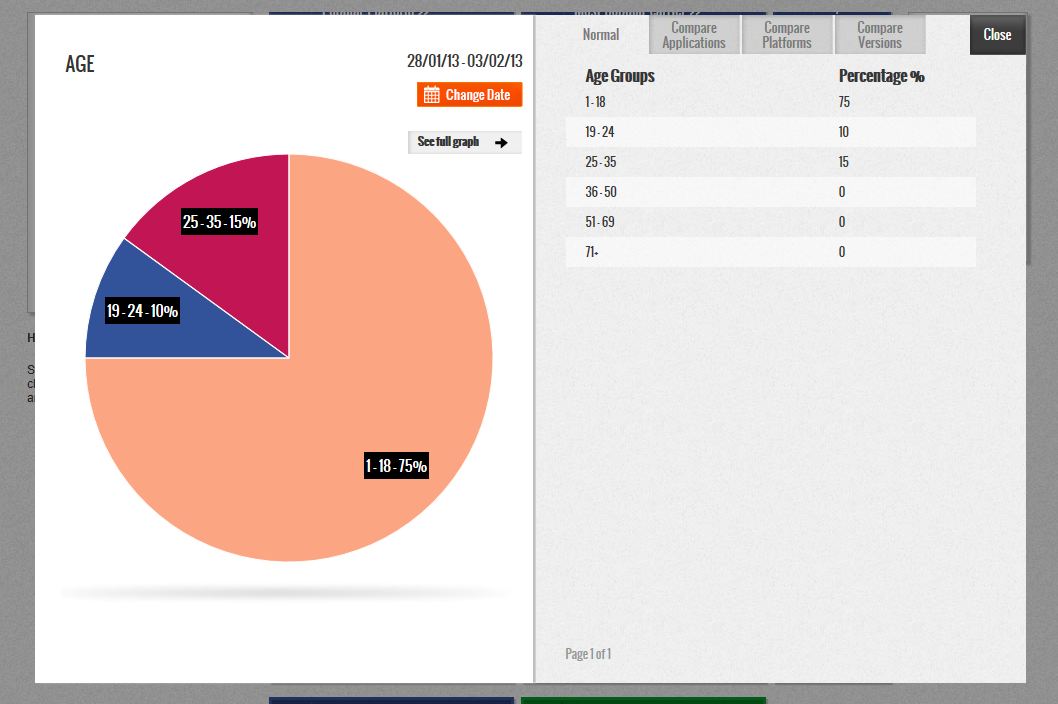Utilize Mobile Analytics To Maximize User Engagement
Building an app can be a great way to help your business meet a variety of goals. Once the app is built and available to users, it might not be clear that it is meeting your objectives. Maybe you are seeing a lot of downloads, but users are not engaging with the app to the levels you expected. What do you do at this point?
This is where mobile analytics tools can come in handy. Mobile analytics take you beyond the broad numbers like installs and sales and help you get down to the finer points so you can see what users are actually doing with your app. Once you know a little bit more about your users and what they do with your app, you can then develop a strategy to boost engagement.
Get to Know Your Users
One of the first points concerning mobile app analytics best practices is to know who your users are. Once you know your users, you can then start making adjustments to meet their needs. With the right mobile analytics platform, you might learn that most of your users fit a specific age group or gender. You might find that you have a lot of users in one country or region or that they are more likely to use a specific type of device. Furthermore, you can also get interest or behavior data. Maybe they buy certain types of products online or they might be fans of apps that fit into a specific niche.
For instance, Zan Kavataskin, founder of Appacts, a mobile analytics suit for iOS, Android, Blackberry and Windows phone apps found this. He says “before releasing the Pet Names app I was unsure of the user group my app would attract. I expected my users to consist of a larger female group but I was unsure of the age group or in which countries and cities they would be based. The statistics show that as expected my app is attracting a larger female audience, 46% more female users than male infact. My users were also mainly under 18 and based in the US.”



Knowing this demographic information is powerful and with it, he could truly add value to his application.
Find the Features that Drive Engagement
Do you know which features get people to take action in your app? If you don’t you might be focusing on the wrong things when you work to boost engagement. With mobile analytics, you can set up event tracking to see how people use your app. Where are people swiping? Where are they clicking? Which pages are they viewing? You might be surprised when you see how people use the app.
When you find the features and elements that generate the most activity, you can find ways to push them to more users. One way to do this would be to highlight the feature during the on-boarding process or on the app description page. You could also find ways to make the high-performing features more central to what your app offers.
Optimize for Demographics
With the demographic info in-hand, you can then start testing strategies to increase engagement with that group. As an example, you might find that many of your users are older. In this case, you might want to take steps to make the app easier for them to use. You could consider making the buttons slightly larger or simplify some of the processes so it is easier for them to achieve their goals with your app.
Turn Casual Users into Frequent Users
Some apps have a base of very active users and then a larger group of people who use the app occasionally. What are the differences between these users? What are the frequent users doing that the less dedicated users are not? If you can answer these questions, you might be able to find a plan to turn some of your casual users into frequent users.
In this case, you might need to use mobile analytics to look at demographics and event data. Maybe it is a difference as it concerns the specific audience. As an example, maybe men are using the app in a different way than women. It is also possible that your frequent users all like a specific feature that brings them back regularly. If you can find the common thread (or possibly the difference), you can then consider strategies to increase activity among the users with low engagement.
Mobile analytics tools have a lot to offer if you are trying to increase engagement in your app. With that said, the data is just a start. You need to know where to look and then you have to develop plans to act on the information.
Bobby Gill









